My paintings, sea-slugs & post-development theory
- Sofia Greaves
- Oct 9, 2022
- 11 min read
Updated: Apr 21, 2023
Oct 9, 2022
Jacob taught me and Jo the stars this weekend using a circular chart which you line up with the sky according to the time of year. Day 1 we camped next to an old lobster nursery, and it was light enough to do a hike along the coast by night because it is near full moon. Day 2 we crossed over the hill to see the sunrise, and saw giant sea slugs at the Portuguese border.
I've been thinking that I'd love to write a blog about the process behind my paintings and illustrations. It's something which is really personal and the following piece is self-centred; I use the word 'I' a lot. Sorry.
The general theme is the relationship between text and images, and it is written in three short parts.
Illustration in my research

I started illustrating when my dad wrote a book about dinosaurs and it is now part of my real job. You can't be a good researcher unless you can communicate complex ideas in simple ways. Images are one way to do this, but often the visual side of research is missing particularly in science and technology studies where traditional 'science' approaches use words and journals and diagrams. Diagrams and flow charts don't work for me because I find them sterile. I don't think that you can properly explain things through a diagram which looks like this.
Beyond being ugly, images like the above are also dangerous because they can reinforce a very simple way of understanding the world, which is actually emotional, irrational and messy.
Problem: the balance between explaining something 'scientific' in a compelling, legible way but being real about its messiness
Big problem: you have a bunch of data, you want to make it 'accessible' and essentially this amounts to 'rewriting' the evidence.
I'm thinking about these problems all the time through art.
When I researched ancient history, for example, we put together an exhibition exploring how illustration promotes community engagement with archaeological excavations, but artists have responsibilities when they re-present the past to the public. I would take sketchbooks on site when I lived in Rome/Naples (2017-2020) and we showed some of these in the Cast Gallery.
Art is a form of knowledge production which gives a person great responsibility because it shapes peoples' imaginations of the world.
This is what my research is currently about and it's called 'post-normal science'. Science just means 'knowledge', but it does not normally include 'art'. Hence 'post-normal'.
Critiques of Growth is a very dense theoretical book which I am currently illustrating and now it's time for 'post development theory’. No images come to mind you say, strange that yes so I am approaching it from the unforeseen angle of the Prince of Egypt (1998).
The Prince of Egypt
The Prince of Egypt is an animated Biblical epic with a soundtrack by Hans Zimmer, in which both god and Moses are voiced by Val Kilmer AKA Iceman in Top Gun, and Rameses the Pharoah is Ralph Fiennes. It is my earliest memory of going to the cinema.
The story: the Hebrew people were enslaved by the Egyptians and made to build their pyramids. They prayed to god, who sent them Moses, who sent 10 plagues asking Ramses to ‘let my people go’. He didn’t want to let them go, but Moses managed to lead the Jews out of Egypt by splitting the Red Sea and this is my favourite bit.
Directed by Brenda Chapman, Steve Hickner, and Simon Wells. 100 mins, currently on Netflix.
9 visual development artists were given the task of representing this story in an appropriate style taking into account the time period and the aesthetic traditions of Ancient Egypt. Around 9 people had a pretty big role in directing public perceptions of ancient Egypt at least amongst the U12s.
14 storyboard artists ‘wrote’ the film ie. represented the story of Moses, and were responsible for 'rewriting' the past.
Eg. The Sphinx has no nose.
Not sure how this happened. During the French occupation of Egypt Napoleon’s troops fired a cannonball and it broke the nose of the sphinx (1800). Alternatively “In 1378 CE, Egyptian peasants made offerings to the Great Sphinx in the hope of controlling the flood cycle, which would result in a successful harvest. Outraged by this blatant show of devotion, [a Sufi Muslim, Muhammad] Sa'im al-Dahr destroyed the nose and was later executed for vandalism.” I can tell you that the nose falls off the Sphinx during a chariot race (which is shown in the title sequence of the Prince of Egypt).
There are diverse interpretations of the world and there is therefore no one truth, only perspective and interpretation. This is my research perspective; you may disagree.
Final problem: Who gets to decide what story is developed and what does that mean?
This is the responsibility which comes with development in film, the same applies in my research, and the same applies... to the development of the story of ‘development’.
The story of 'development' and 'post-development'
Googling 'post-development' gives the following.
Alternatively you can explain this through the medium of ancient Egyptian art, because why not.
In the Egyptian funerary cult, after you die have to go through various judgment processes which determine whether you are good enough to gain immortal life or whether you are doomed because your heart will be eaten by a demon.
Below you can see the weighing of the heart ceremony, which takes place in the Hall of Maat.
At the centre you see the heart of the dead person being weighed against a feather.
The heart is the seat of a person's emotions, intellect, will and morality.
Maat's feather represents goodness - truth, justice, harmony, balance, order, propriety, and reciprocity.
In this bastardisation of ancient history I am very quickly illustrating that in 'the story of development' the idea of ‘economic growth’, ‘development’ and ‘technology’ is equal to the path to never-ending life.
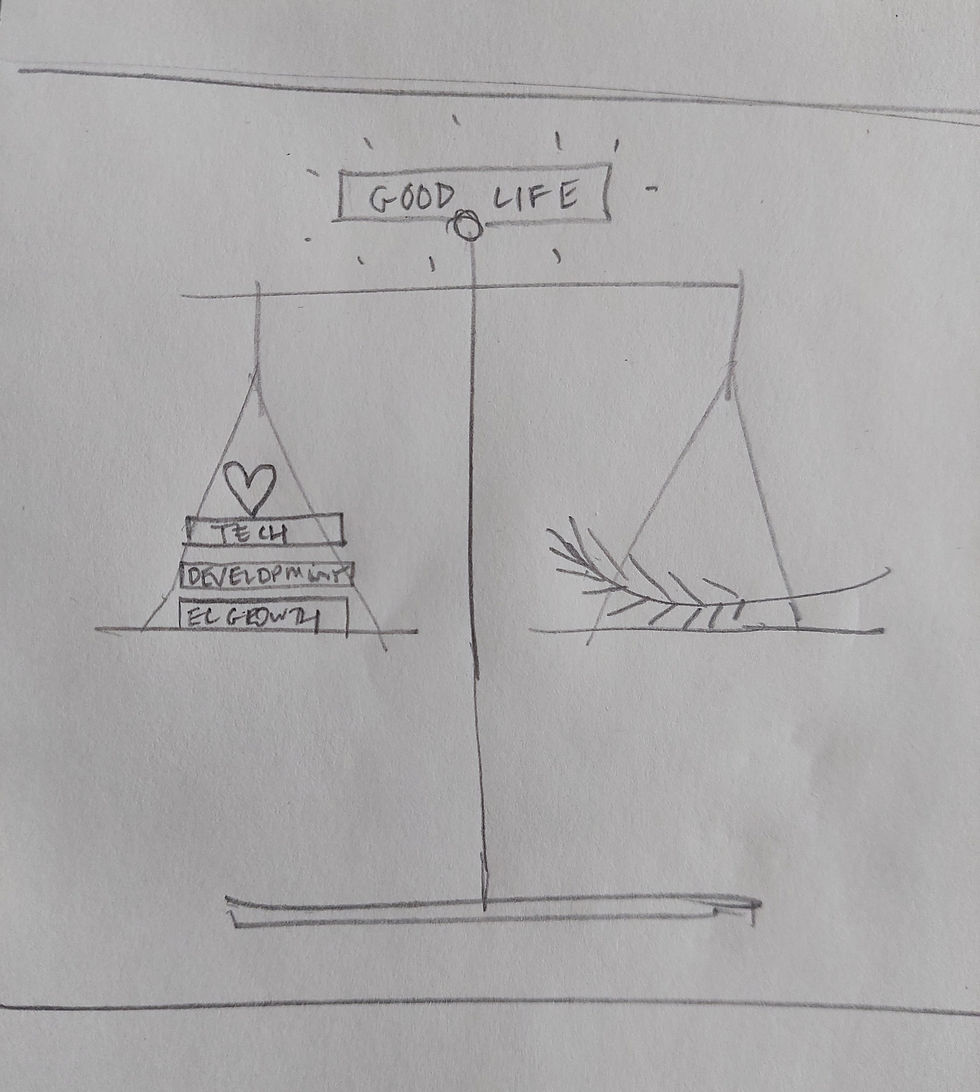
You can also understand this as abstract equations.
Economic growth = Good. Economic growth = Development
Development = Good. Development = Technologies
Technologies = Good. Technologies = Modern
Or, "The noun development has become synonymous with high rates of economic growth, industrialisation, modernisation and consumerism." Lloveras, Critiques of Growth, 2022.
Incidentally the Prince OE was considered super modern because it was one of the first to use a new technology: “new computer techniques to give the illusion that each of the countless tiny figures is moving separately; that makes the extras uncannily convincing”.
The 'story of development' was developed by a small but influential number of people, and has become representative of a general understanding.
Post Development @ the Hall of Maat
Post development argues that very few people (western) have produced totally dominating story about what is ‘good’ and 'developed' which has directed the course of history at a global level and created the complex mess of ‘radical monopoly’ we have now.
Radical monopoly - great subject for illustration.
Example: Naples, nineteenth century.
19th century thinks tech = good
Economic growth = good.
19th century cities think Naples = underdeveloped.
Naples = sad.
Naples = needs tech and economic growth to be considered good but has no money.
A French and British company of engineers built Naples an aqueduct. They set up contracts which meant that the Neapolitans were dependent upon the French for water and the maintenance of this infrastructure, which leaked and caused parts of the city to collapse, and made sure that Naples had to pay the French for the water itself.
Radical monopoly: “[when] the means or satisfiers through which needs can be fulfilled are increasingly removed from the targets of development interventions, establishing what Illich (1978) called “a radical monopoly”. This denotes a situation in which there is a growing dependence on externally produced commodities and expert systems in order to meet those altered local needs." (Lloveras, Critiques of.Growth, 2022).
You can repeat this for the Suez Canal which is probably a more relevant example from Egypt but a bit long to explain.
Radical monopoly = bad.
So this is what I drew for post-development theory.
Postdevelopment theory: 'Development' is not the path to never ending life and there is no one vision of the good life and even if there was it definitely wouldn't be 'development'.

This illustration also makes the crucial argument that today we have new emerging definitions of what a place needs to be 'developed' and how it should ‘get developed’ which pretend to be 'good' but rely heavily on the set of equations given above. Development, now revisioned as 'sustainable development' is continuing to cause ecological destruction and create ‘radical monopolies’.
Hopefully that says something of the process behind my academic illustrations, which I am churning out at the anticapitalist rate of 1 every 2 weeks. The others are below, and each is linked to a brief explanation of the theory.


"Don't worry we built a new one", Spatial critiques of Growth (Me)

"Useless cash", Political Ecology (Alejandro Fortuny and Noortje Keurhorst)

"Keep Left", (EcoMarxism. Dr Ben Robra and Jacopo Bergamo)
2. Painting and my research
You can change the course of how science (knowledge) is produced when you introduce artists to the research process. For example, artist Katy Connor visited a group of synthetic biologists @ Bristol who were growing blood in labs. KC produced prints of blood which made it quite beautiful and alive, commenting that "the consideration of human bio-matter as an art medium, opens up an intriguing cultural space to critically reflect upon relationships between biology and technology, materiality and ethics". In her words, she is interested by
The growth of red blood cells, their “liveliness” and development through the process of erythropoiesis and the laboratory efforts to manipulate and cultivate their development in vitro.
The biologists are interested in 'scaling up' the production of blood to use it in areas where blood donors are scarce. To do this, they make blood and keep it alive in petri dishes. The project sounds good. But, if you think about the bigger picture, this could create a whole 'blood economy' with commercial blood manufacturers who make and control access to blood. KC's prints presented blood as a living body which brought the researchers to reflect upon this problem and whether the knowledge they were choosing to produce was ethical. This kind of questioning is also known as 'responsible innovation'.
I'm really hoping to do some work like this with a Geo-engineering project (Geo-engineering refers to deliberate large-scale intervention in the Earth's natural systems to counteract climate change). I'm interested because a) I think this is dangerous and b) I paint natural systems/closeups of soil/mushrooms/leaves.



I use these reference images to make my paintings.



Scodavacca, 60 x 78 cm. April/May 2021. Unit G @ Harringay Warehouse District
The painting is made from photos I took whilst on a hike in the Dolomites, and a postcard painted on the walk @ the meeting of 2 mountains called Forcella Scodavacca. Postcards are great to travel with, and with washes you can accidentally build up interlinked shapes by picking out bits you like, and going over others until something nicer happens (sometimes it doesn't). I think of this like layering memories in one image. Memory is all mish mash and made up anyway.
Mish mash is a traditional Bulgarian recipe.
I imagine that everything we see is made of contour lines - which makes more sense if I show a piece of wood I painted at the Rifugio Giaf.

If you imagine that everything is linked together by these lines then you can start to create new shapes by disrupting them. I am interested in changing where things begin and end, and in mixing up big and small things.

There is a theory (political ecology) which thinks about interconnected flows of natural matter all around us. I think that relates to how I paint.


Ilana Savdie just had a show at White Cube and she does similar stuff but with bodily shapes (biomorphism), and I think that's the direction I'd like to go next.
Scodavacca was therapy because I was anxious after finishing my Phd and my dad had a heart operation, and I was waiting to move to Spain. I paint when I need to process and it is like 'rewriting the evidence', because I take material and create a new story about what has happened. In that process I understand everything better.
Being creative gives me a purpose, and so ironically I am most creative when I am anxious. I have painted a lot over the past year. Cognitive Brain Therapy (CBT) has helped me to identify the following formulas; they typically happen at the same time.
1. I do too much stuff I get exhausted I can't do anything = I get anxious because I can't do stuff and I hate doing nothing.
2.
I do too much stuff
I get exhausted People text me Overwhelmed, avoid replying and feel alone.
3.
I feel trapped in a situation or place
Alone in Spain, stuck inside, flying Solution: ring friends, listen to Tibetan chanting bowl music
4.
I need a purpose
I lose my purpose
5.
I am emotionally dependent upon somebody
They are ill / don't look after themselves
unreliable / lie
I struggle to trust them
Insecure and anxious.
CBT is great because it teaches you to observe that you're anxious and that you have certain thoughts, feelings and behaviours when that happens which are actually symptoms of situations 1, 2, 3, 4, 5. You can learn stuff to cope, or prevent anxiety by cutting things out. Painting is one of my coping strategies alongside looking at happy dogs, and a bunch of less healthy ones I try to replace but nobody's perfect.
Whilst painting I listen to very loud music - at the moment BaggE, who featured in a Haseeb Iqbal NTS show I recommend because the tracklist is great and he explains the history behind each of the Vinyls.
All paintings were terrible Oct - March because the colours of my Spanish paints are different which is like trying to say the same stuff but it comes out wrong. The first decent painting came out after my grandma died, and Bert died. My reference images are from October and so the colours are orange.

I think of this painting in relation to a poem by Ted Hughes called October Dawn, which shares something of the colours and feelings I had at the time.

The poem is about the changing of the seasons, autumn to winter.
I did a second painting the day after, and the two are a pair.



Untitled. Both 50 x 60cm. Oil on paper. March 2022.
October - March 2022: 50% anxious because of visa problems, 3 months no pay, finding a flat, bureaucracy x 3000 in Spanish, stuck inside with covid. 2 jobs, flying a lot, not sleeping because that happens when I am anxious. So that's when I got therapy. I am great right now, which has taken work and decision making, and I feel very proud of that.
3. Painting right now

Next week I'm going to Ispra in Italy to visit the Joint Research Centre which is the 'European Commission's science and knowledge service.' They have a program SciArt which puts scientists & artists together to create 'high-quality pioneering collaborations' on policy topics.
I'm on the panel at a workshop which touches on the subject of how art can encourage the use of civic monitoring in environmental justice litigation. Civic Monitoring refers to the idea that citizens (we, us) can collect evidence to prove things like pollution, and can provide material which stands up in court. Sometimes, conveniently, companies do not file adequate pollution reports and this is the only 'valid' evidence).
"A live illustrator will accompany our panel with scribbling and invite participants to do the same."
Very excited about this. The panel will be moderated by Dr Anna Berti Suman, who is my new idol. Inspired by Anna's emphasis on art and public engagement, over the next month I'm also making some comic book strips to communicate Postgrowth thinking on transport - using ideas our project collectively brainstormed in an art workshop I ran in July.
So my art and the research really can't be done or understood without one another, and it takes a therapy sheet to understand why.

To end
The painting I've just started puts together things found on walks in Galicia over the past year like crabs and sea urchins. It's the first I've done on canvas because apparently nobody uses wood here, so I'm learning whether that will work with the same wash technique.
It's inspired by a section from a poem by Alice Fulton called "Cascade Experiment", sent to me by a friend in a long letter (!) last summer.
I like it because the main message seems to be that other things are possible.
(Elisa tells me this is 'post-structuralism' and 'constructivism').
Cascade Experiment
Because truths we don’t suspect have a hard time
making themselves felt, as when thirteen species
of whiptail lizards composed entirely of females
stay undiscovered due to bias
against such things existing,
we have to meet the universe halfway.
Nothing will unfold for us unless we move toward what
looks to us like nothing: faith is a cascade.
The sky’s high solid is anything
but, the sun going under hasn’t
budged, and if death divests the self
it’s the sole event in nature
that’s exactly what it seems.
Because believing a thing’s true
can bring about that truth,
and you might be the shy one, lizard or electron,
known only through advances
presuming your existence, let my glance be passional
toward the universe and you.












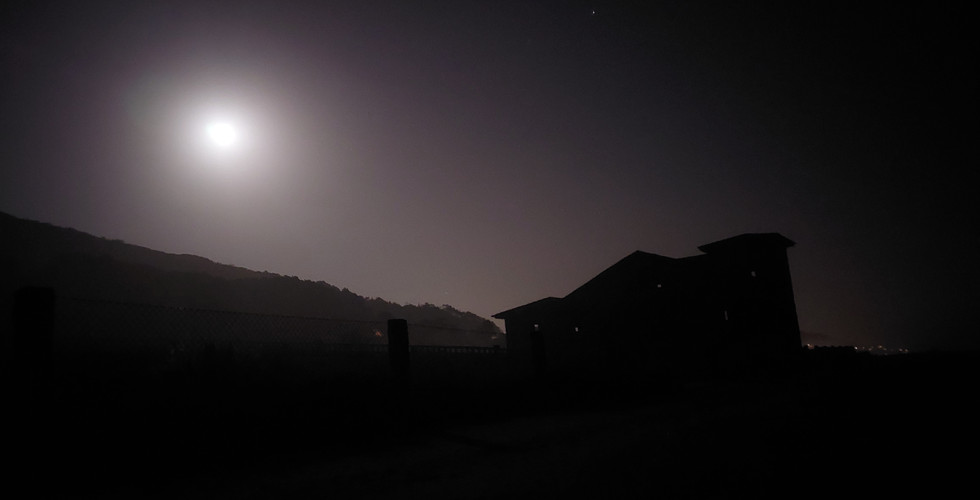



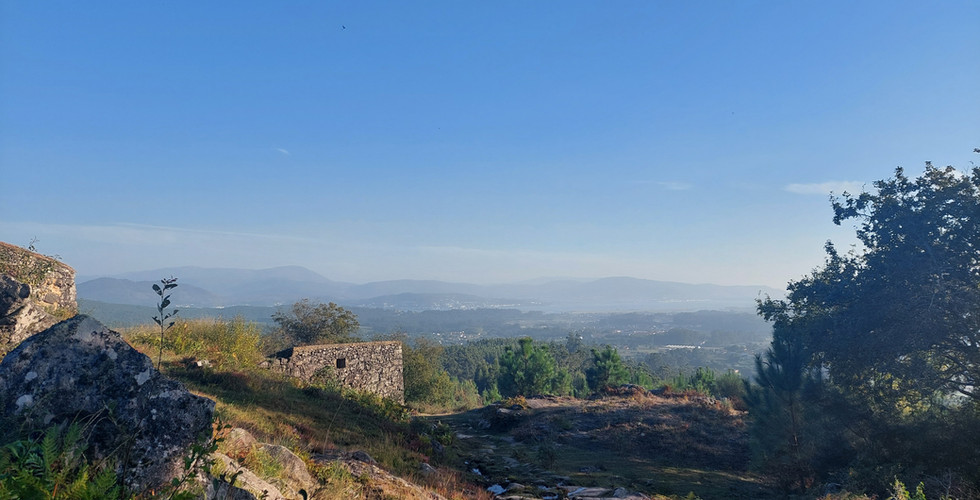
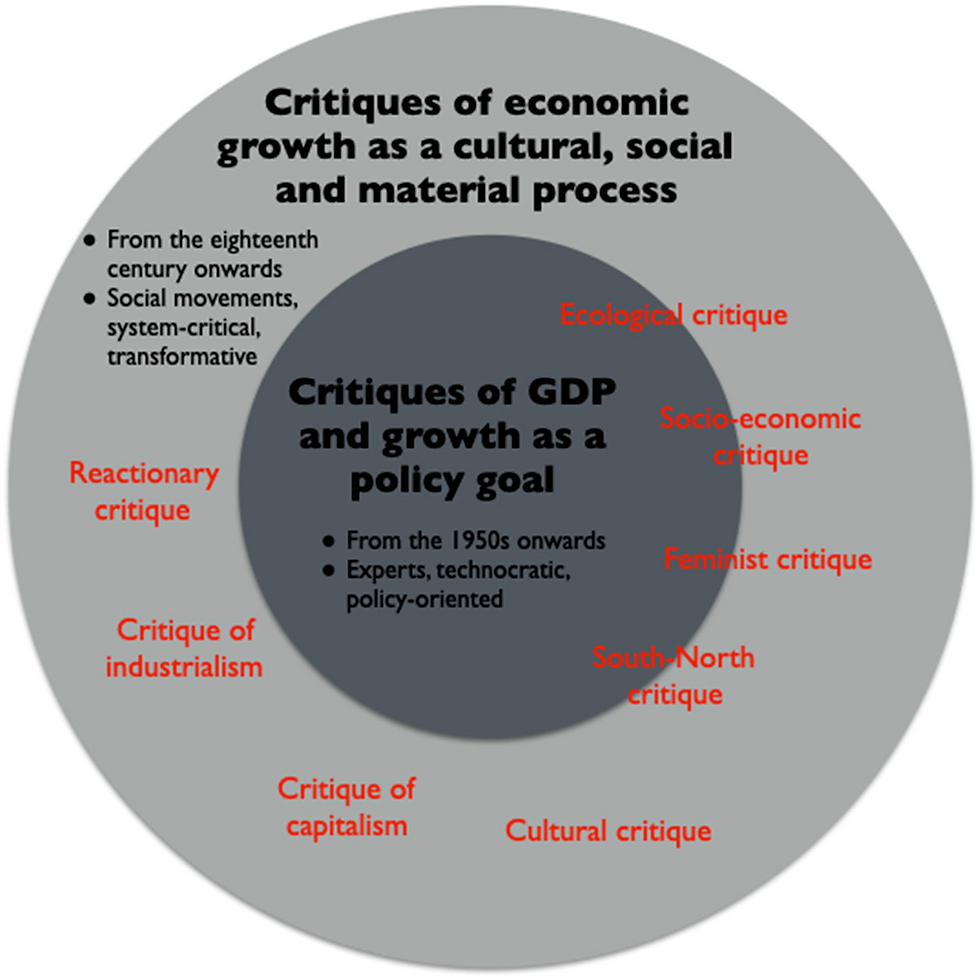
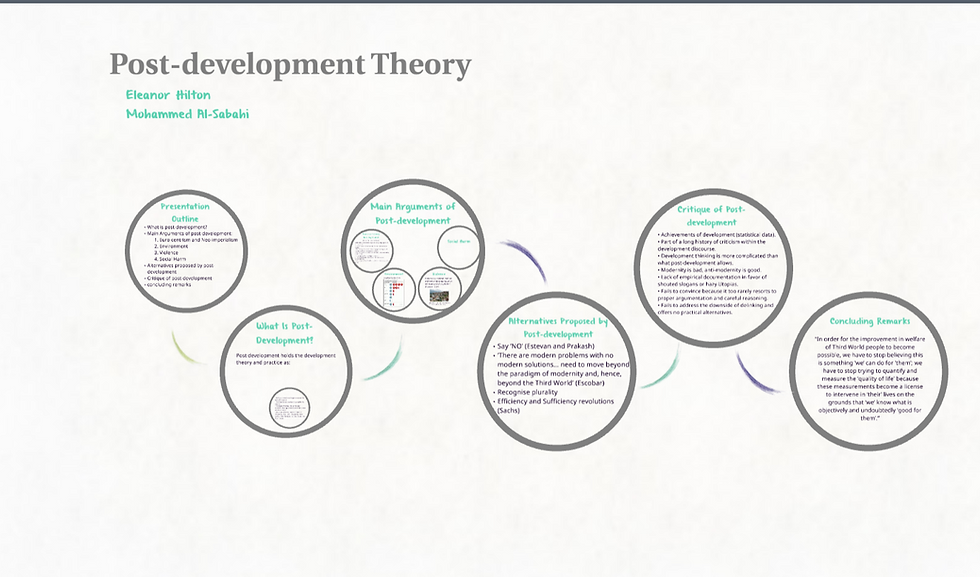
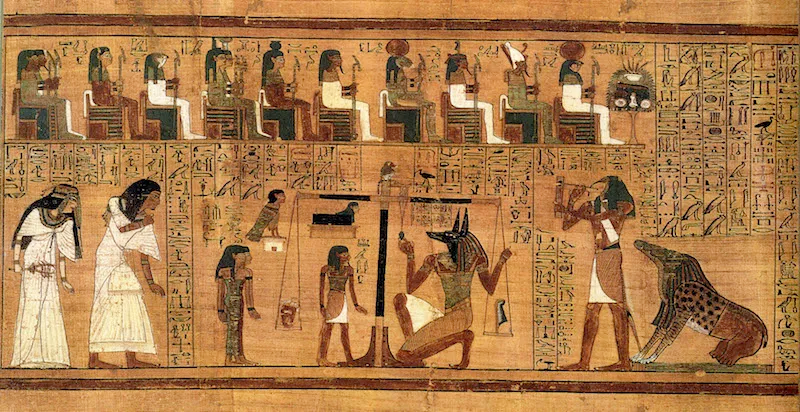


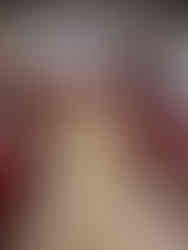








Wow, your article is very comprehensive and informative. The theories you presented in your blog really have a point. I liked the video you added as well as the excerpt you attached to the blog from Prince of Egypt. Maybe you could create your own youtube channel where you would post such clippings of your work? I advise you to use video editing software, here you can learn more about such software. Don't forget to mention a link to your channel in your profile.